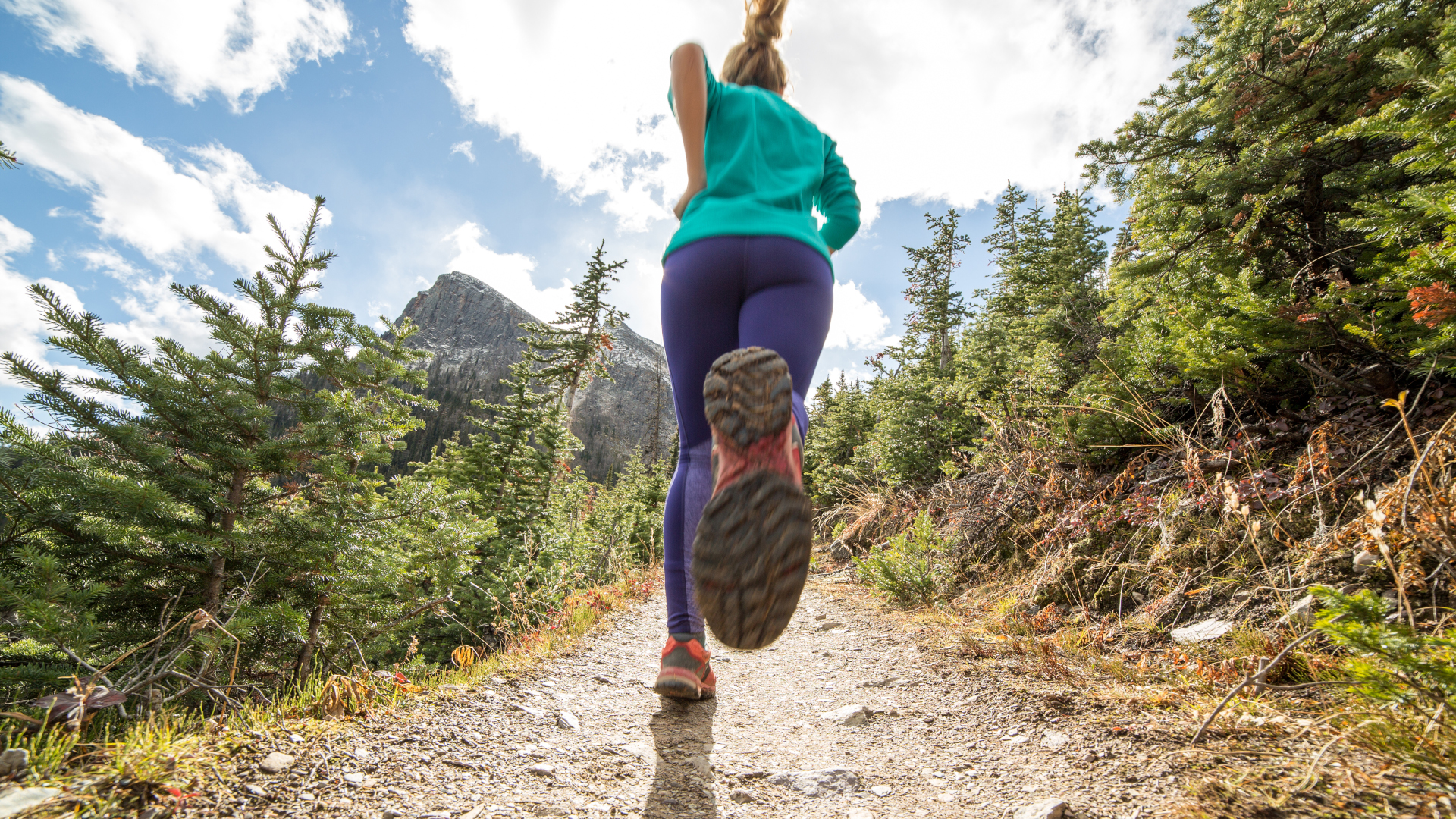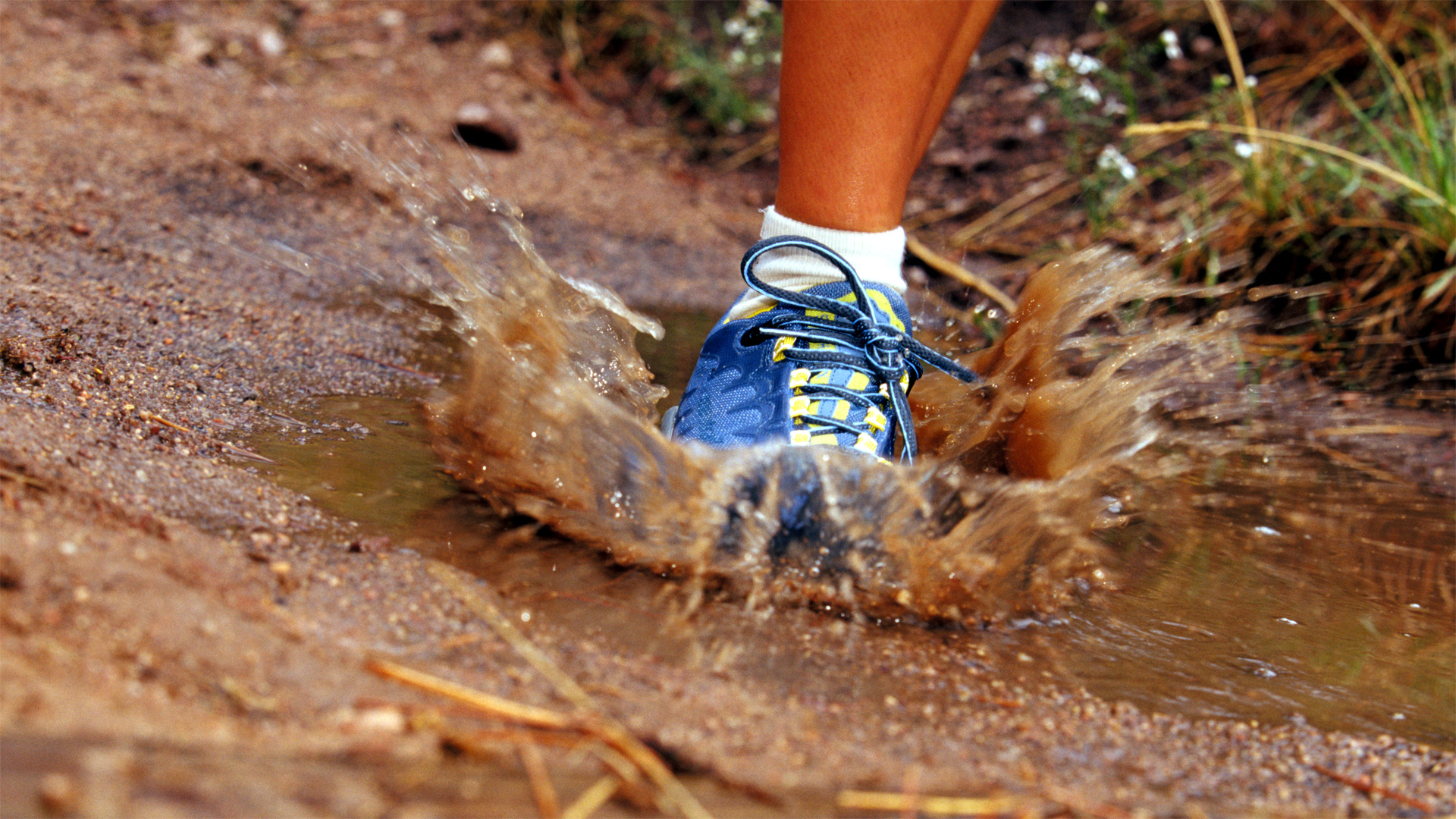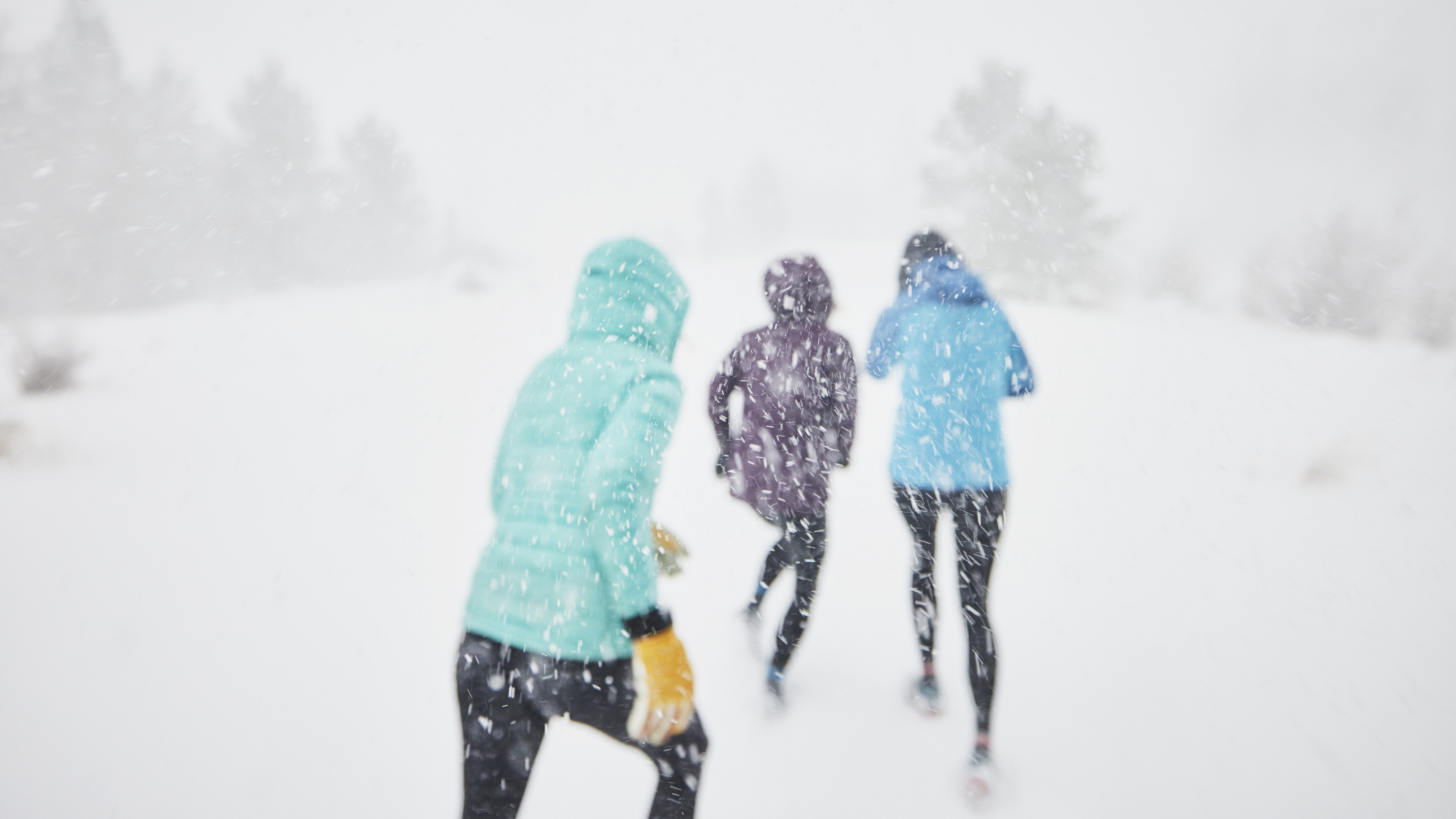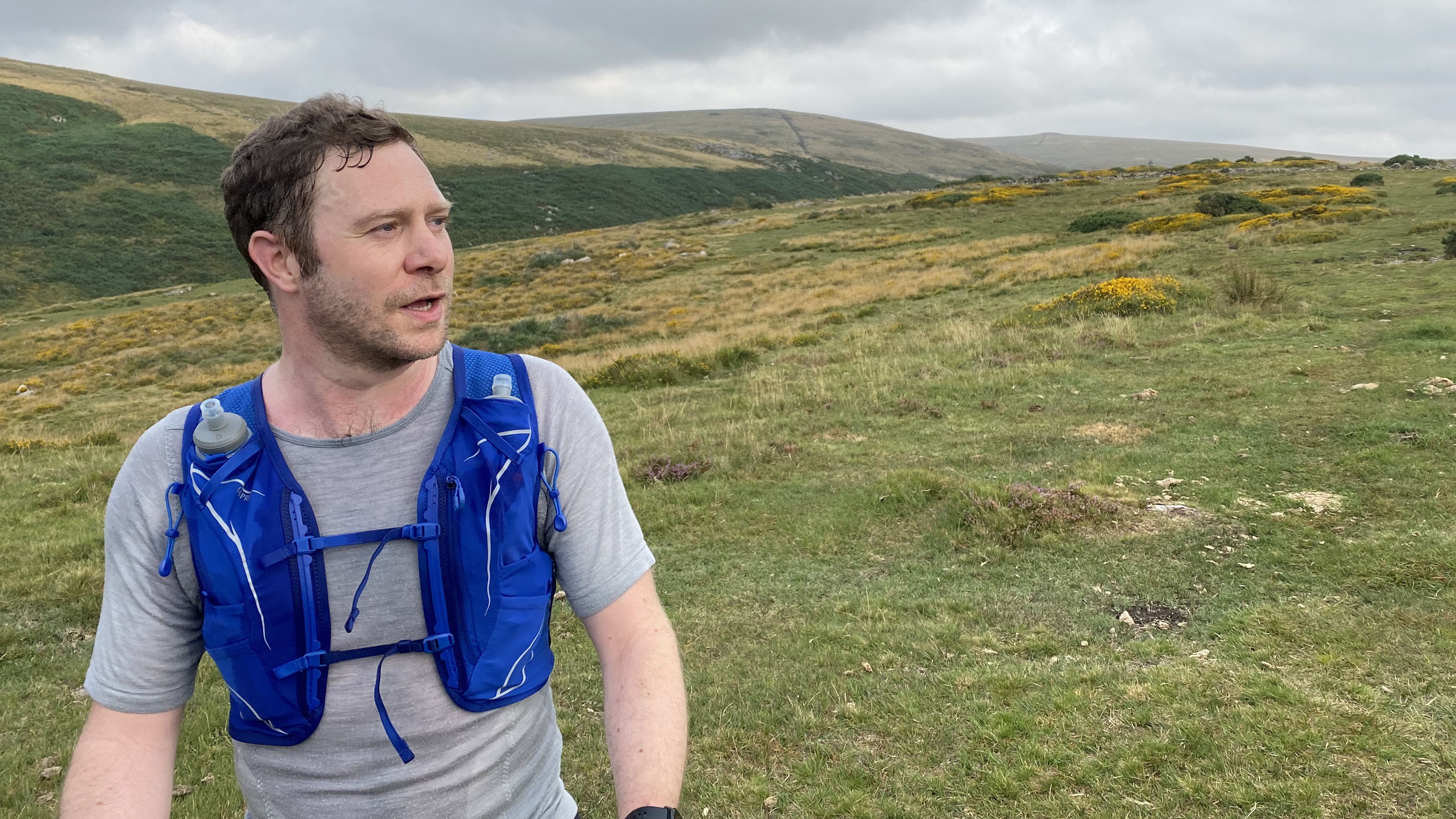7 spring trail running tips to help you get back into full flow
Here are our 7 spring trail running tips to help you prepare for changeable weather and get some miles in during the lengthening days

Spring trail running is a delight. The race calendar is kicking into gear and there are daffodils along the trails. The frigid evenings are becoming a distant memory and winter's icy grip is beginning to loosen, melting snow and opening up the high places once more. The days are plenty long and the daytime temperatures mean you no longer have to worry about frostbite.
However, the thing about spring is that the weather can be volatile to say the least. It's moods can swing dramatically from hail and snow squalls one minute to warm and sunny spells the next. You've sort of got to be prepared for four seasons in a day kind of conditions. Plus, you might not be quite as fit as you were in the fall when you packed your trail running shoes away for winter.
Never fear! Our seven trail running tips help you prepare for all weathers and hit the ground running without overdoing it. Follow our expert advice and you'll be back in fighting shape by the time the hazy days of summer roll around.
Meet the expert

Julia's passion for trail running sees her taking on the moorland, coast paths and mountain trails of her Scotland home. She spent many years out in the US, living in Vali, Colorado for eleven of them. Her time there taught her many lessons in how to approach running in the dynamic spring season in the mountains.
Today's best deals
1. Ease in
- Don't let your enthusiasm mean that you overdo it and end up with an injury
- Build up slowly and methodically

Whether you’ve taken a complete break from running over the winter or you’ve been relying on the treadmill for maintenance, the long days and soft trails are likely to inspire you to want to go longer and harder, but take care and build back up slowly. Use our tips for how to increase your running distance to make sure you don’t overdo it and end up on the bench instead of the trail for the season. Be patient and think long term.
2. Review your shoes
- Check whether it's time to swap out your old shoes for new ones
- The average running shoe has about 300 - 500 miles in it

We get used to how our trail running shoes feel when we’re wearing them daily but when you pull them out of the closet after a hiatus, you might be surprised to find that they don’t have as much cushion left as you thought – know when it’s time to replace your running shoes and make sure to recycle your old pair.
3. Stay low
- Higher terrain may still be snow covered
- The avalanche risk is higher during periods of thaw

We're not talking about running as if you're avoiding enemy fire in a Hollywood blockbuster. When we stay low, we're talking about elevation.
When choosing a route, it’s usually best to stick to lower elevations at this time of year. Though you might be eager to get up into the mountains after winter, higher elevation trails might still be impassable with snow and ice and avalanche conditions can be higher with the freeze/thaw effect, too. Stick to low ground or even beach running for now.
All the latest inspiration, tips and guides to help you plan your next Advnture!
4. Mind the mud
- Running in spring can be very muddy
- The high levels of rainfall and and thawing ground leads to muddy trails

We probably don’t need to tell you that spring is usually synonymous with mud. Even if you don’t live in a place with a full blown mud season, rising temperatures mean thawing ground and, combined with higher rainfall, that can make for some seriously sloppy conditions. Not only is this frustrating, but running on muddy trails can cause erosion. Seek out drier trails when you can, and use our guide for running in mud to keep your stoke levels up.
If you're anticipating lots of muddy running, it might be worth investing in a pair of trail shoes that excel on sloppy surfaces, such as Salomon's Speedcross 6 or inov-8's X-Talon 255.
5. Plan for snow
- If you live in a place where snow is still common in spring, prepare accordingly
- Traction devices, like Yaxtrax or Microspikes are a good idea

We know we were just harping on about mud, but pretty much anything can happen in spring. If you live in more northern climes snow and ice are just as much of a possibility as mud and warm weather, so if you’re going further afield, consider winter traction devices for your shoes, such as Yaktrax or Microspikes, and make sure your running shoes have good tread.
6. Have layers ready
- Taking spare layers along is prudent in the springtime

If it weren’t already evident, you may need to dress in layers for springtime runs and, if you don't, it's a good idea to bring a spare along, just in case. You might not need to wrap up the way you do for winter running, but over your running top you might want to wear a windproof, waterproof lightweight running jacket that can be tied around your waist or popped into your hydration pack when the sun comes out.
7: Don't forget to hydrate!
- Warmer weather leads to more sweat and a greater need to take in plenty of fluids

It's easy to head out on relatively long runs in winter and leave your water bottle or hydration pack at home. This habit can persist into spring, especially while there's a bit of bite in the air. However, that first sunny, warm run can catch you out, leaving you absolutely parched by the time you get back home or to the car. Warmer weather leads to more sweat, which leads to more fluids lost, which leads to a greater need to take on plenty of water. So, don't forget your water bottle or your hydration pack for longer outings.
Julia Clarke is a staff writer for Advnture.com and the author of the book Restorative Yoga for Beginners. She loves to explore mountains on foot, bike, skis and belay and then recover on the the yoga mat. Julia graduated with a degree in journalism in 2004 and spent eight years working as a radio presenter in Kansas City, Vermont, Boston and New York City before discovering the joys of the Rocky Mountains. She then detoured west to Colorado and enjoyed 11 years teaching yoga in Vail before returning to her hometown of Glasgow, Scotland in 2020 to focus on family and writing.

